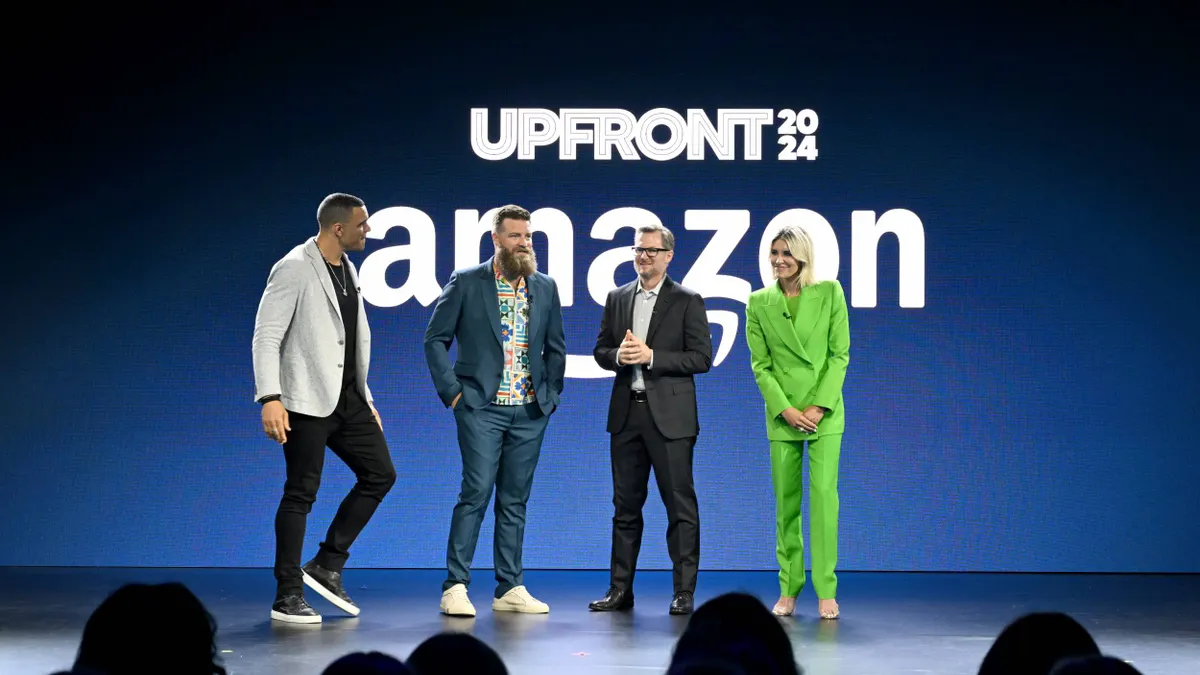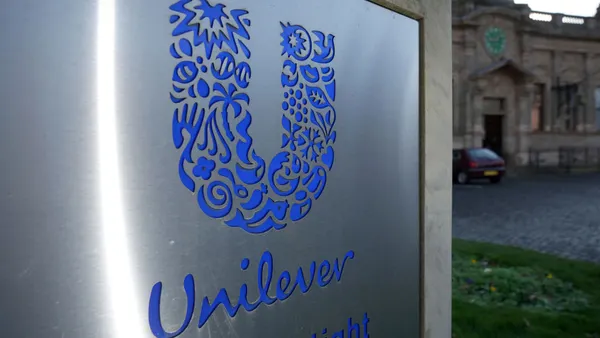User expectations have heightened as a result of the pandemic. People tend to compare companies less against competitors than against their own notion of an ideal experience. Companies no longer have the luxury to turn a blind eye to any disconnect between how their products act and what users really want. They must deliver a delightful, problem-free experience or users will find it somewhere else in the growing digital universe.
As companies race to reach the ever-rising bar of customer expectations, the traditional methods they have used to assess the quality, usability and relevance of their offerings are no longer good enough.
The system hadn't changed for decades: Product teams owned the vision and strategy. Developers wrote and tested the code. Then a separate usability testing and research team – typically experts in human-computer interaction – evaluated how the design and features may stand up in the real world.
There are two central problems with that time-worn system.
One, it's an "inside out" approach in which the company must act as its own reality check rather than an "outside-in" construct that squarely focuses on direct, immediate insights from the customers themselves to guide product design, creation and execution.
Lacking enough information about how the customer actually feels, product teams often waste time trying to resolve internal misalignments on feature decisions and end up launching new solutions that miss the mark.
Two, the old way is too slow and cumbersome for these fast-moving digital times, which require companies to agilely produce higher volumes of software and with shorter turnarounds to keep up with the technology landscape and better serve customers.
Today's companies need fast answers on whether their product or service is delivering what people want, in the ways they want.
Cultivating a customer-obsessed mindset starts at the top with the executives who run the business stewarding the charge—it must be an integral part of the company's charter that is reinforced through strategic initiatives, corporate objectives and employee training. Let's take Amazon, for example, it is literally written into their mission to be Earth's most customer-centric company.
Before any other company, Amazon saw the shift taking place in the market where consumers began taking control of the buying process and elevated to a position of power—and as a result, have been able to build one of the world's greatest companies. In a September 2018 Business Insider article, Jeff Bezos said the 'secret sauce' to Amazon's success is an 'obsessive-compulsive focus' on customer over competitor.
Companies can no longer compete solely on their product or pricing, it comes down to focusing on what the customer wants and needs and offering that in a way that delights and makes them feel like they've benefited from the transaction.
So how can a company get there? The first step is to break down the silos and make soliciting, collecting and considering user feedback the responsibility of everyone involved in building a product, not just that of a separate usability research team. It should be considered a core aspect of product management.
As an illustration, my company works with a large bank that has a centralized user experience research organization, but our client knows it would be terribly time-consuming and cumbersome for that team to engage with the 160 development scrum teams working on new apps and comb through every feature.
Instead, our client is getting the research team to focus at a higher level on problem definition (i.e. what exactly does our solution solve?) and understanding what capabilities the market wants, with the scrum teams taking charge of the usability testing. To our client, having the researchers involved in every little thing the product team wants to test and tinker around with would be losing the forest for the trees.
The bank's "research in the moment" model—aimed at uncovering daily insights that might have taken weeks or months of back and forth before—is enabled by new, intuitive, collaborative technologies that allow any product team member to study customer reaction.
These technologies allow companies to conduct live customer interviews at any stage of product development, deploy virtual focus groups using video conferencing applications, and get feedback on web pages, apps or other experiences on desktop, tablet or mobile devices.
Scaling customer insight gathering across an organization is often just a matter of helping people inside the organization understand its value. It's up to company leaders to communicate to the entire organization why making customer-first decisions at every juncture is a key business priority...and, thanks to today's technology, isn't hard to do.
Janelle Estes is Chief Insights Officer at UserTesting.










